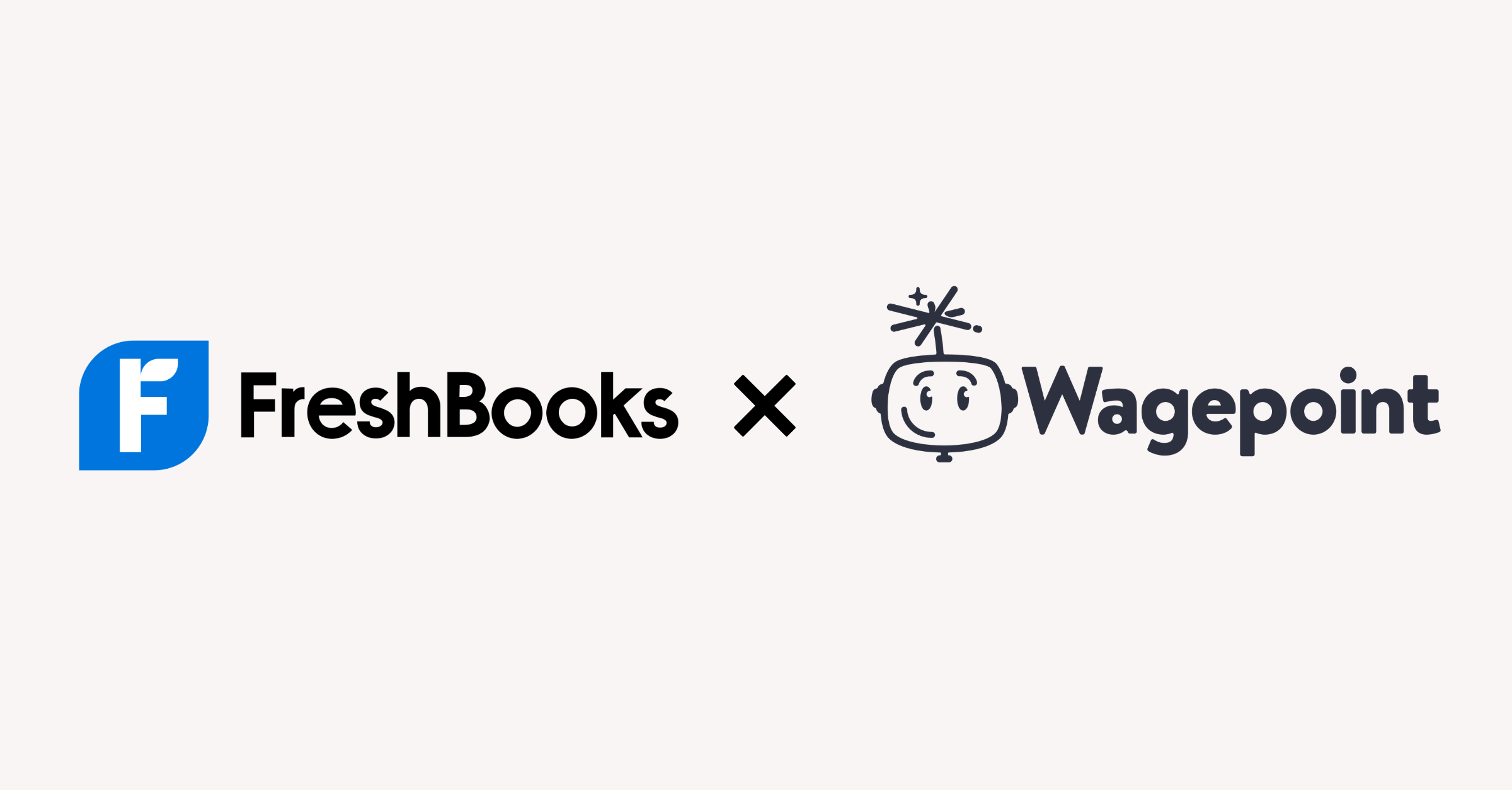Become an insider!
Get our latest payroll and small business articles sent straight to your inbox.
Business owners of all kinds are reopening their doors and welcoming customers again as we’ve entered a period of lockdown restrictions lifting. This calls for bringing back your team, and maybe even hiring new members of your team. But, you don’t want to hire just anybody. You want to secure top-talent employees who can strengthen and add value to your small business.
Finding talent right now has its challenges.
Scoring the best people post-lockdown starts with understanding the needs and expectations of potential employees as well as the current job market. We wanted to hear from others in the thick of it, so we got insight from small business owners about what hiring looks like post-lockdown.
Apart from financial difficulties, there are three standout challenges they noticed when it comes to hiring new employees after the lockdown.
1. Feelings of uncertainty.
Feeling uncertain in this brave new world is normal. Statistics Canada reports small businesses still felt uncertain about recovering from the pandemic in 2021’s third quarter. Business owners say the same is felt on the other side of the hiring table. Employees feel uncertain about what the ever-shifting landscape means for their employment. They’re hesitant to take on roles that might not survive if another lockdown or new restrictions come about.
2. Desire for flexibility.
We’re not talking about anyone’s new interest in yoga. Lockdowns have given many workers a taste of working out of the office, and they’d like to stick with remote work or at least have flexible options. Candidates scouring job positions are paying attention to whether the job is remote, requires on-site work or is a hybrid of the two options and using that when they choose where to apply.
3. Competitive job market.
Facing off in the ring: Remote work vs. on-site work vs. hybrid work.
This is making for a competitive job market. This means challenges for brick-and-mortar businesses and other business types that require on-site work, such as retail and hospitality sectors or even tech-based companies where on-site work is better for privacy and security measures.
However, even if you do have a remote work opportunity for your small business, you’re not golden just yet. Many businesses that adapted to the pandemic by moving to remote work are keeping that model. This means the job market is now competitive in this area, too.
👉 Be mindful of your mental wellbeing while taking on challenges. Check out 5 Things You Can Do Right Now To Improve Your Mental Health.
Tips to develop a hiring action plan for your small business.
Don’t let these challenges get you down. In fact, it’s by using them you can develop an action plan to secure top-talent candidates for your small business. Small business owners gave tips for hiring post-lockdown. We know every business is unique, so tailor these tips to your business however you need.
1. Be flexible.
There’s that word again, but it’s an important one. (And we’re still not talking about yoga!)
Capturing the interest of a solid candidate may mean reassessing job roles, the work setting, and even how you seek out and screen prospective employees. As an example, people’s resumes may be a bit different than you’re expecting. Mandatory lockdowns, non-essential designations and economic struggles meant many employees had to leave previous jobs to take on temporary work or they may not have had any work at all.
In order to find talented employees after lockdown, remember to be open-minded when reviewing resumes, particularly in terms of what is listed since the pandemic began. Many people have undergone major changes in their careers and job situations since lockdown started. Pay attention to what people have to say in their cover letters and how they tell the story of their career paths and the skills they’ve picked up and used along the way, even if they’ve had to be extra resourceful and creative about how to utilize their skills during the pandemic.
— Mike Pasley, Founder of Famous In Real Life and Ecommerce Entrepreneur
2. Consider schedules and the workplace setting.
Remote work is in demand, so having that option could be a game changer in snagging the top talent for your team. However, not all jobs are built for remote or even hybrid work.
Services for accommodation, food, travel and cultural industries were among the hardest hit because of border closures, stay-at-home recommendations and mandatory shutdowns. These are also some areas where remote work might not be on the table. A dine-in restaurant can’t have telecommuting servers bring food to a customer’s table. Likewise, a virtual employee isn’t able to help customers coming through the doors of storefront businesses.
Businesses that can’t offer remote or hybrid work are feeling the pinch, which is where scheduling comes in. Reassessing the shifts you’re able to offer and working with employees to meet their scheduling needs in a way that works for both of you could mean the difference in hiring someone versus them looking at other options.
Regardless of what kind of work configuration companies end up settling into post-covid, whether it be fully remote, hybrid or fully in-office, workers are reluctant to give up the flexibility they have had throughout 2020 to, to a large extent, dictate their working hours. Companies that offer this perk to the most desirable candidates can expect to be preferred over places that do not.
— Rolf Bax, Chief Human Resources Officer, Resume.io
👉 Considering remote work opportunities, but concerned about supporting and motivating your team? Check out 5 Ways To Support and Motivate Your Remote Employees.
3. Reevaluate hiring processes.
Don’t just hope for that top-talent candidate to apply for your open position. Think outside the box on how you’re connecting with candidates who have the right skill set for your small business by reevaluating hiring processes.
Here are some techniques for hiring as suggested by www.skillsuccess.com‘s HR Manager, Cathleen Garcia:
- Post detailed job descriptions and other important details about the role to set proper expectations.
- Establish an extensive hiring process to better gauge the applicants’ skills and knowledge inline with the position you’re looking to fill. Candidates can also take personality tests to see whether they will be a good fit for the company’s work culture.
- Post in different hiring platforms to find the right talent.
- Source great talents (through employee referrals) and invite them to apply to your open posts.
👉Pro Tip: Hear from Wagepoint People Operations Specialist Tory Pearson on how an applicant tracking system makes a difference in the hiring process.
4. Use your brand to stand out among competition.
Brand image has always played an important role in hiring, but how job seekers perceive your small business is now more important than ever. It can give you the edge to secure amazing candidates.
Organizations are changing the focus of their employer brand and aggressively promoting it. The key areas today include employee well-being, learning opportunities, varied benefits, being ready for the future and global opportunities. There is an unprecedented focus on creating the right environment and culture.
— Joe Flanagan, Senior Employment Advisor, VelvetJobs
Put your best foot forward and show off what your small business has to offer. Not only in the job role, but in the workplace overall. Highlighting areas of your business that address employee uncertainties and expectations will help you stand out among the competitive job market.
👉 Looking for ways to invest in your employees? Start here: 4 Ways to Invest in Your Employees (And Why You Should!)











